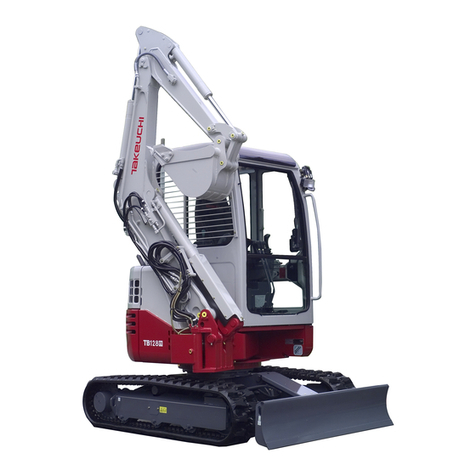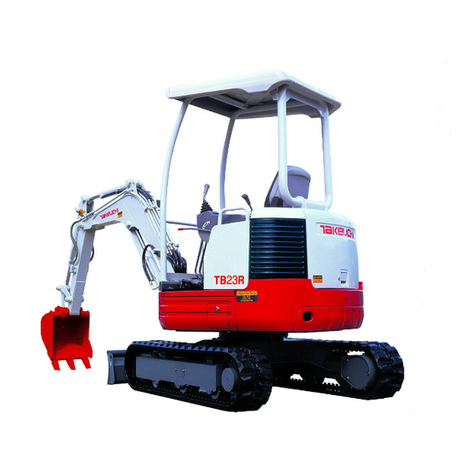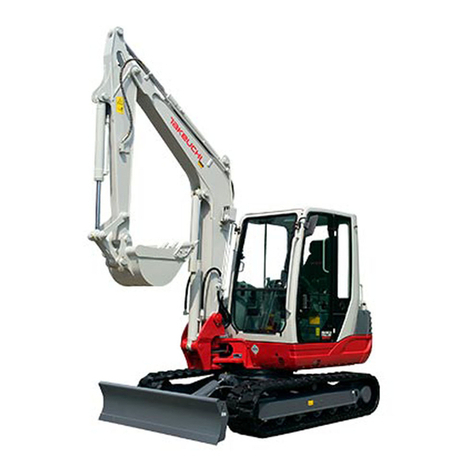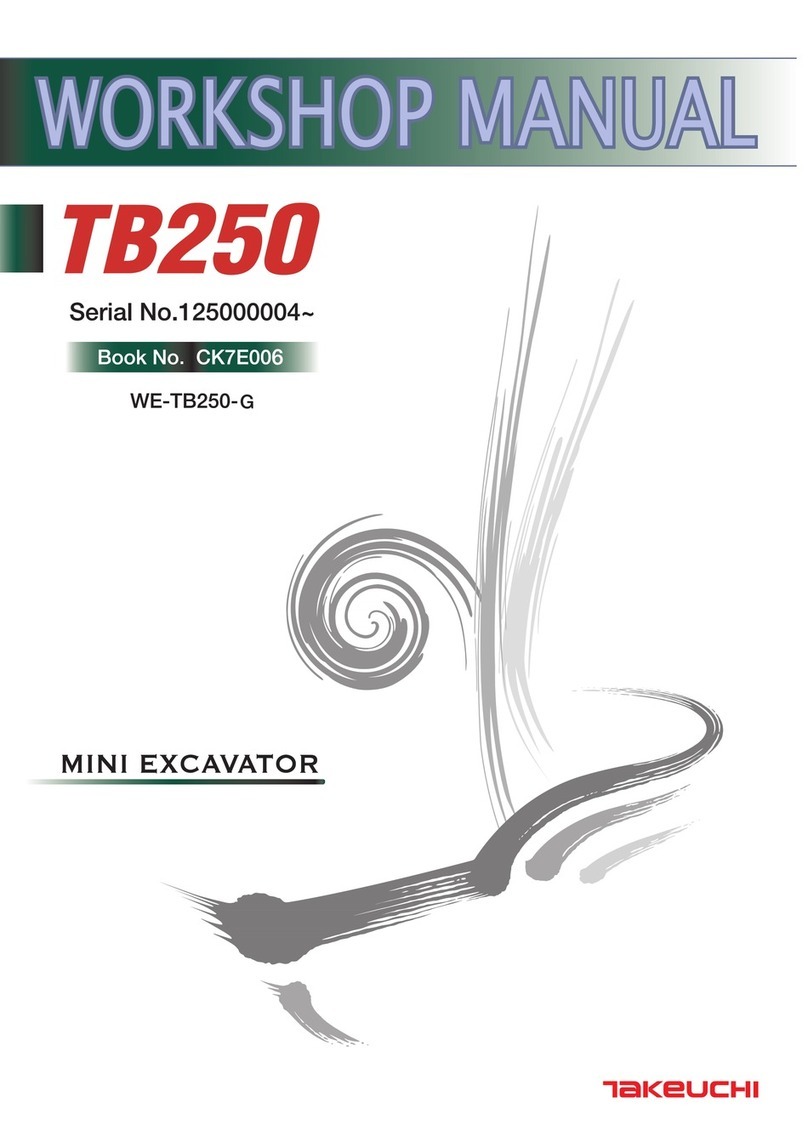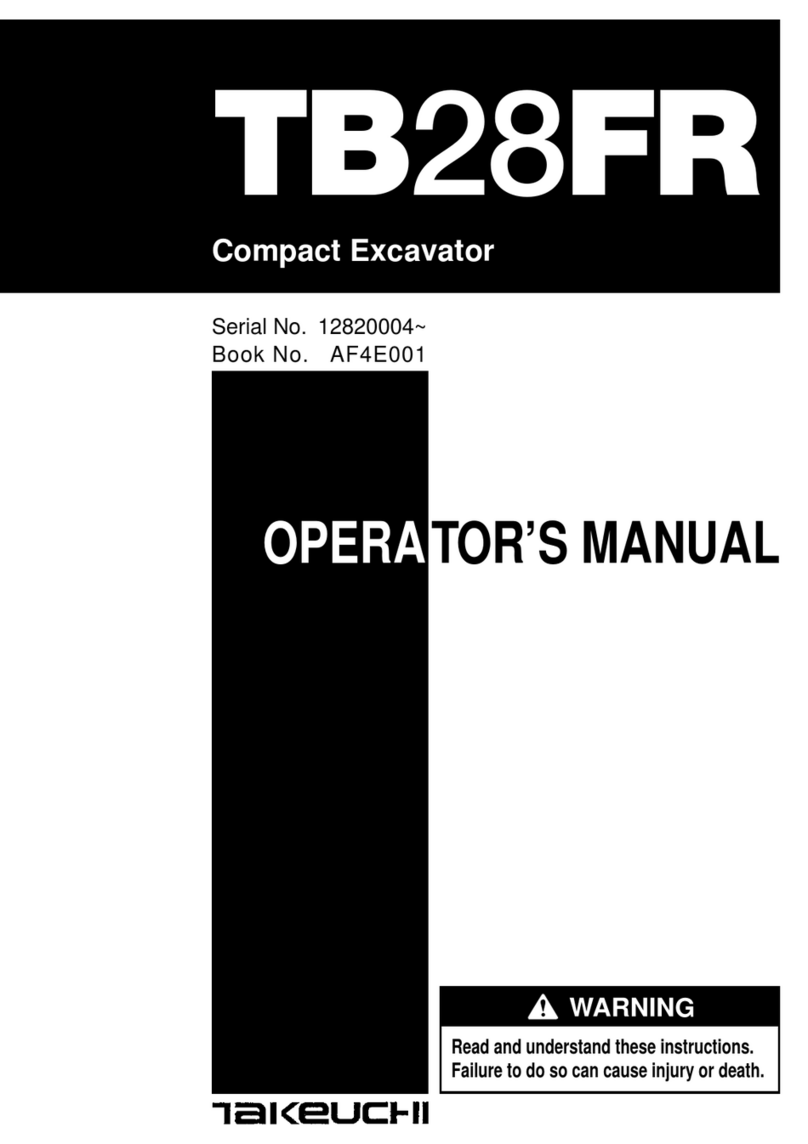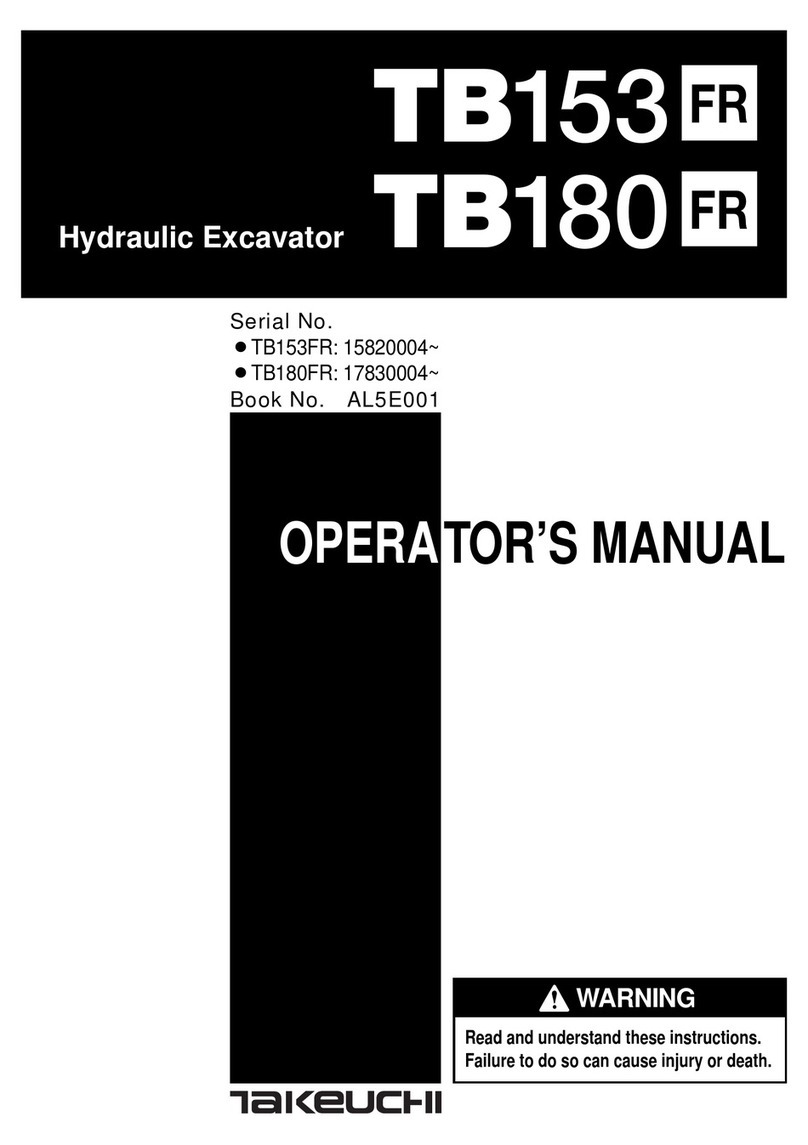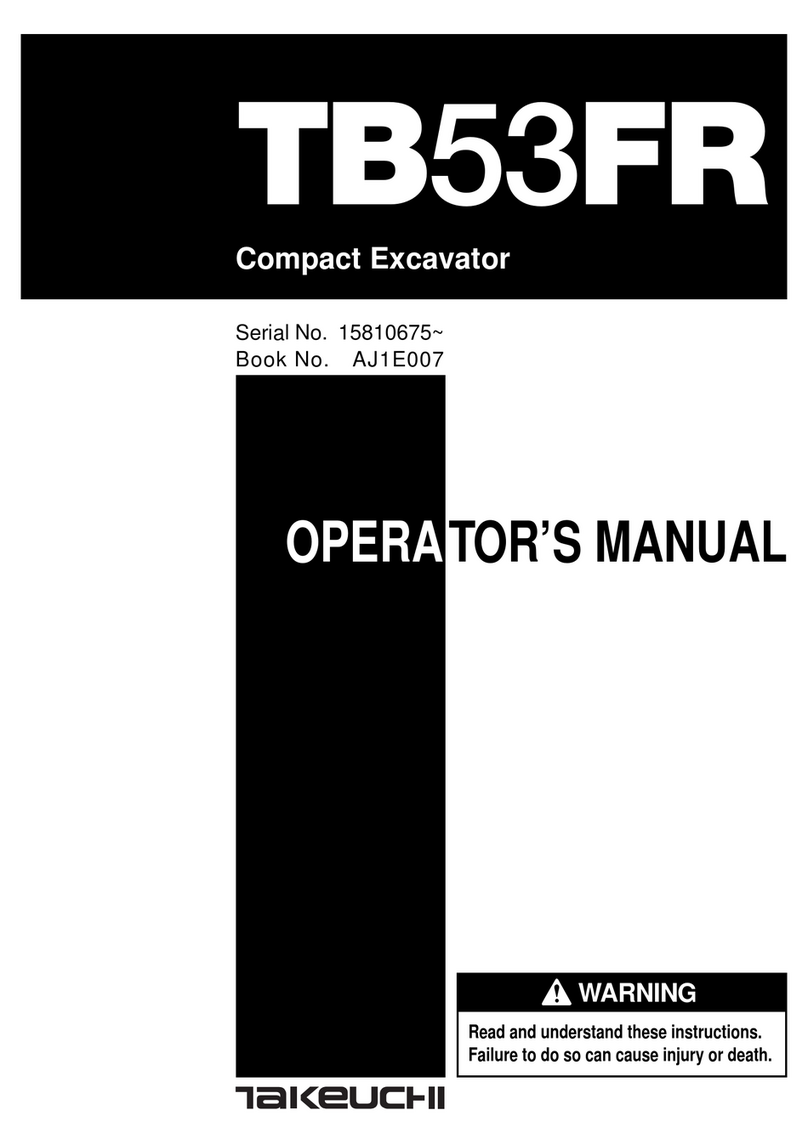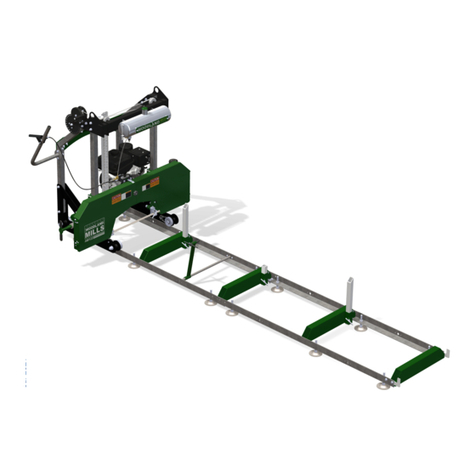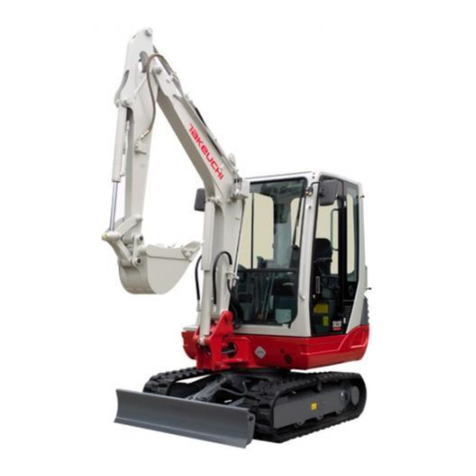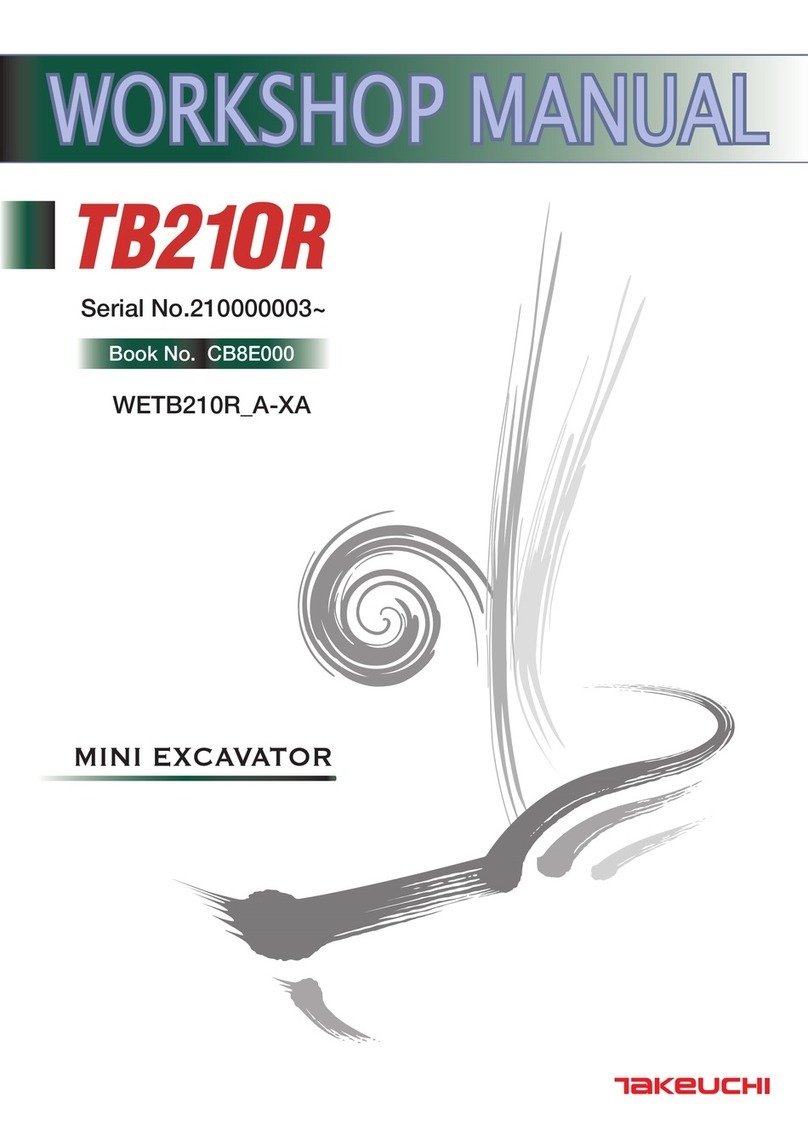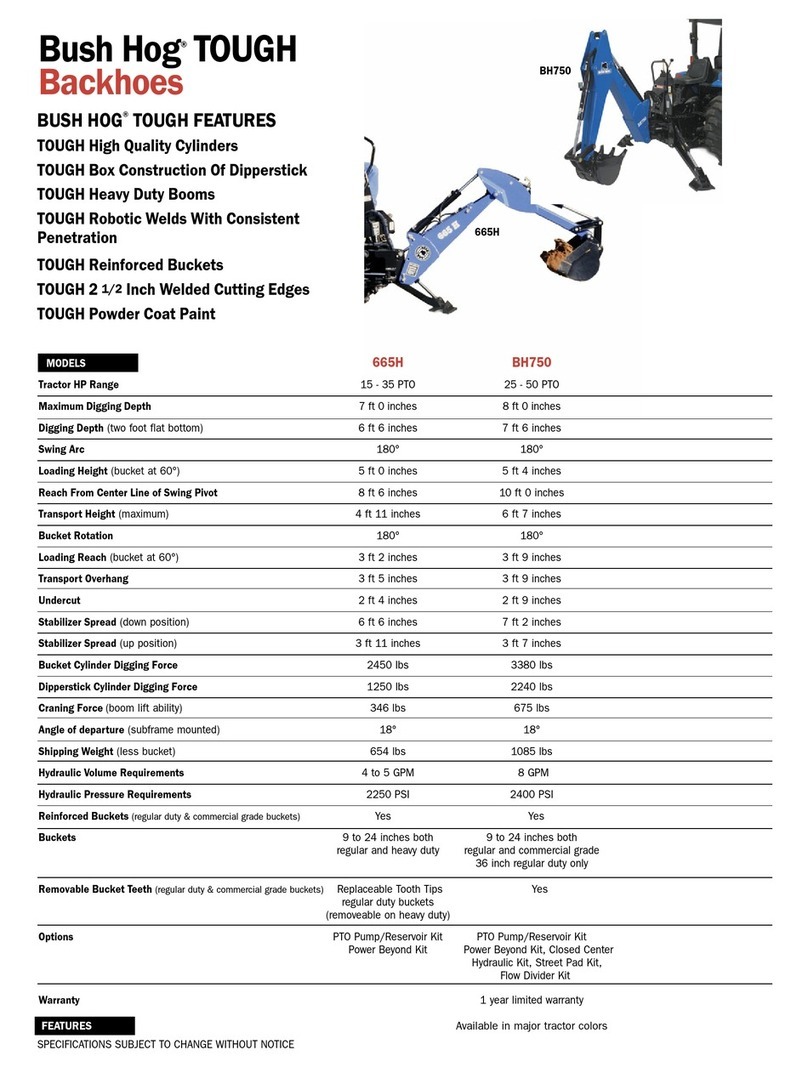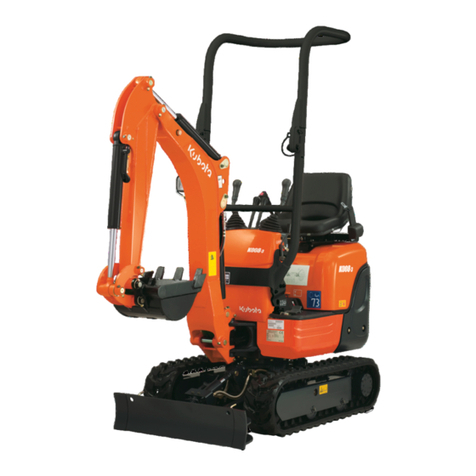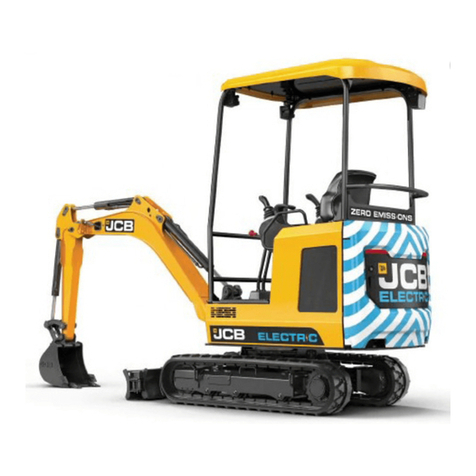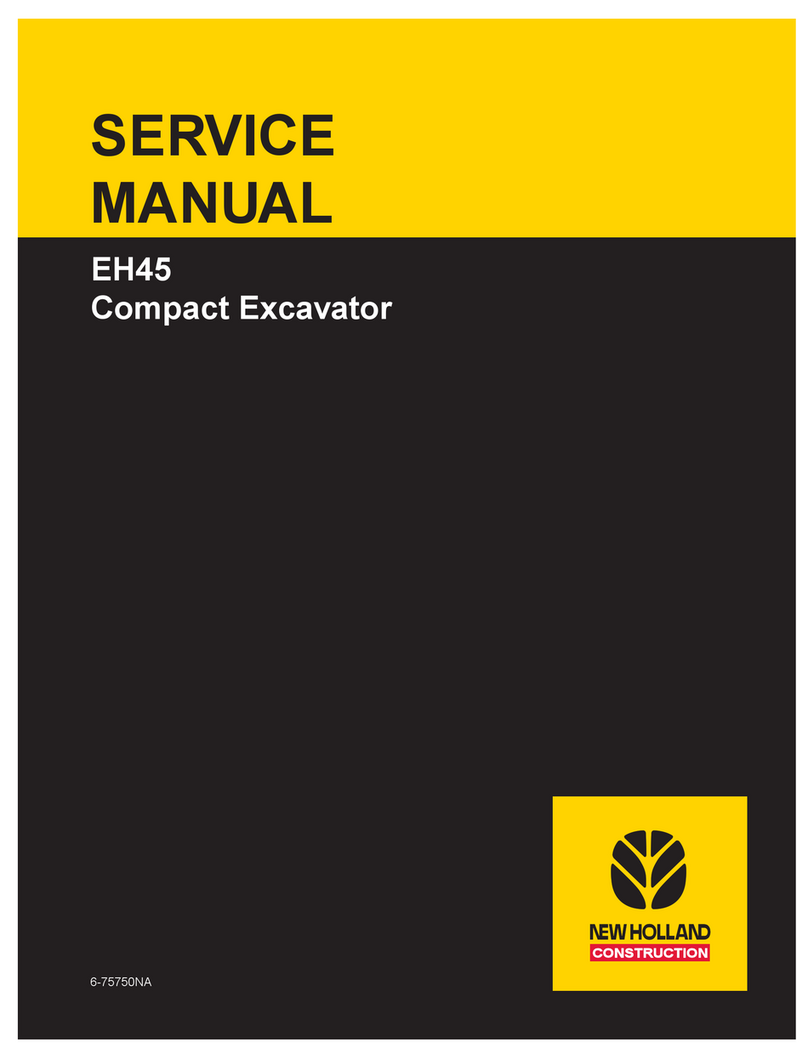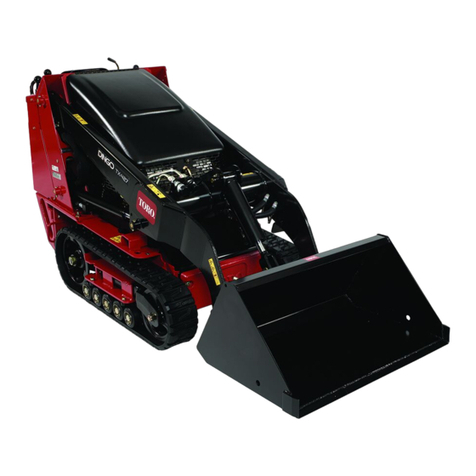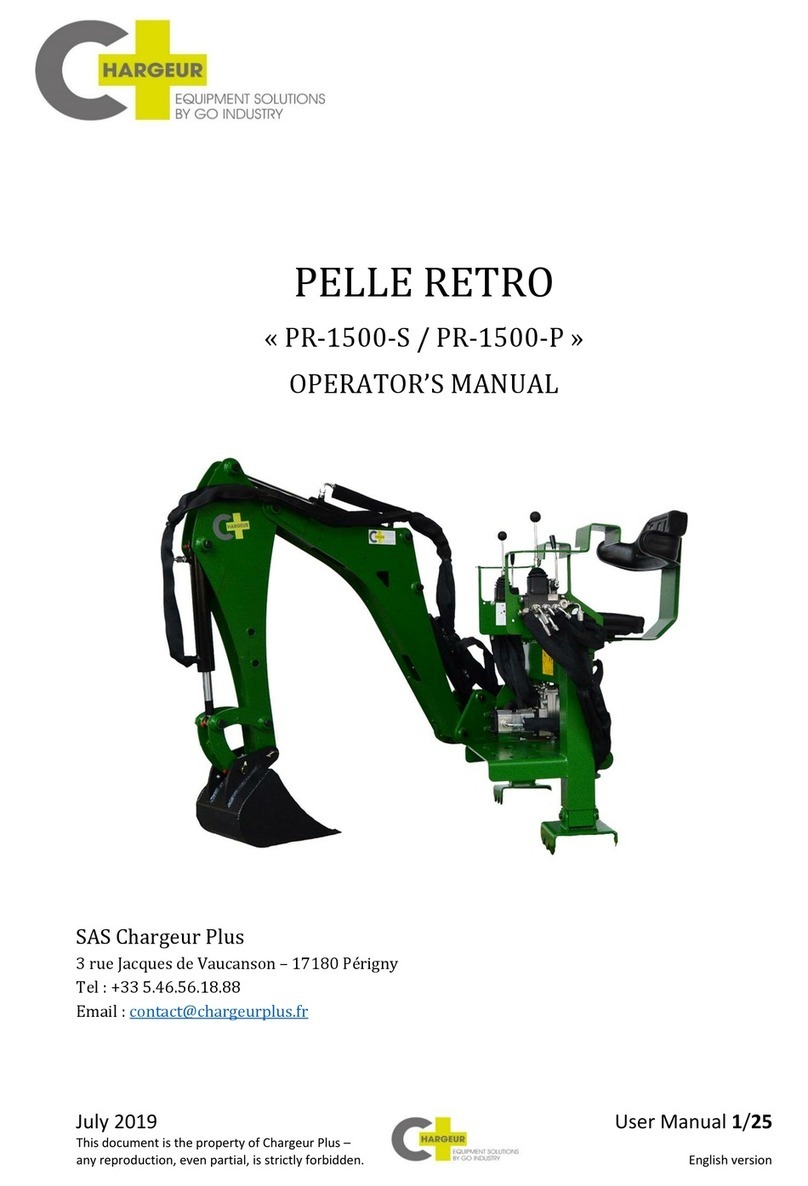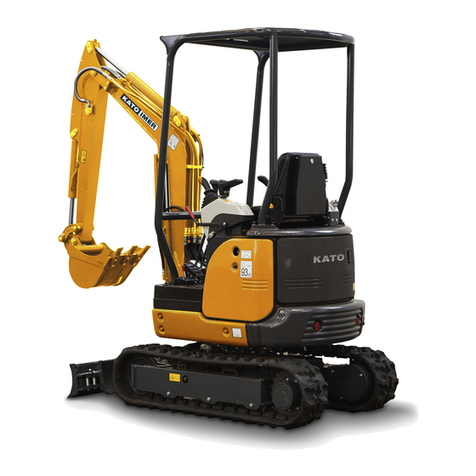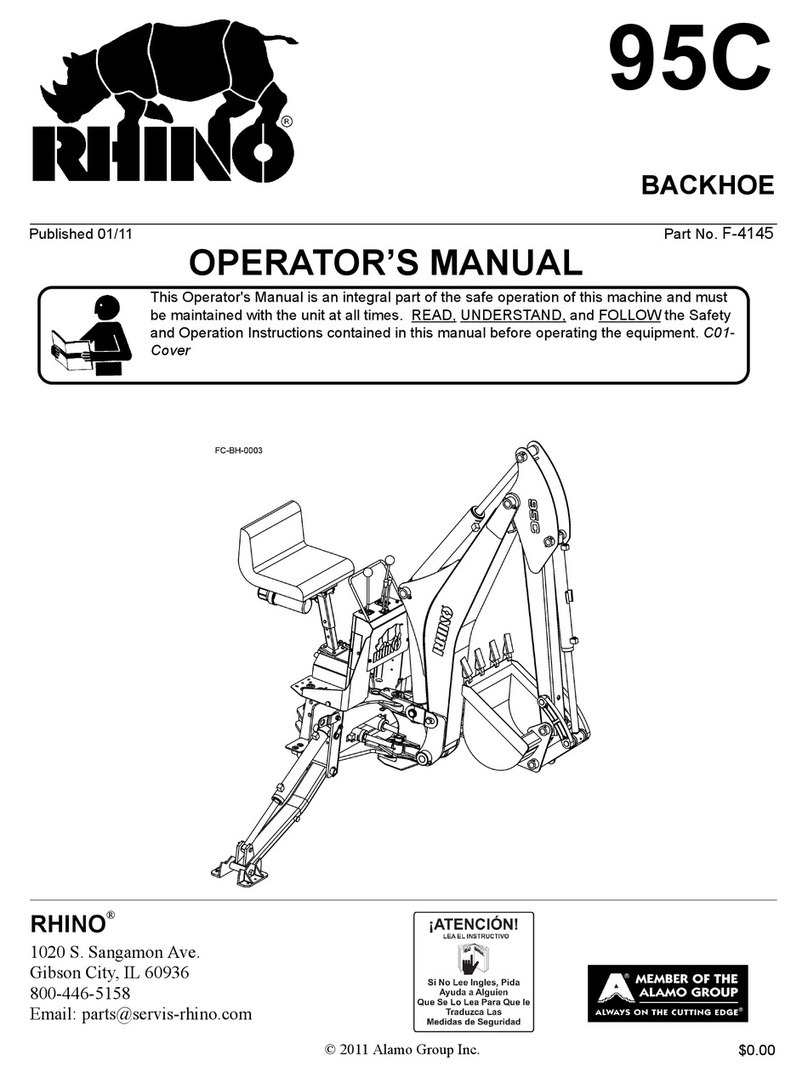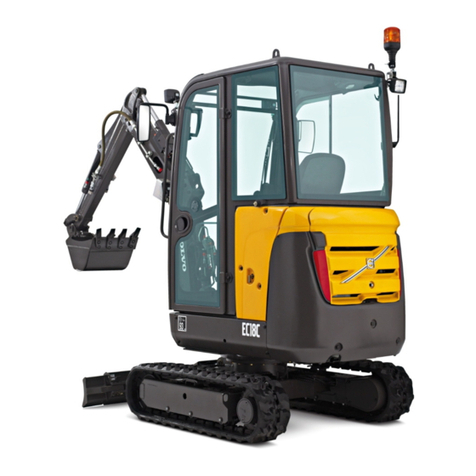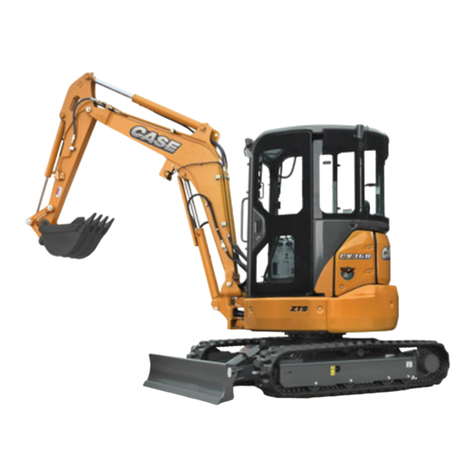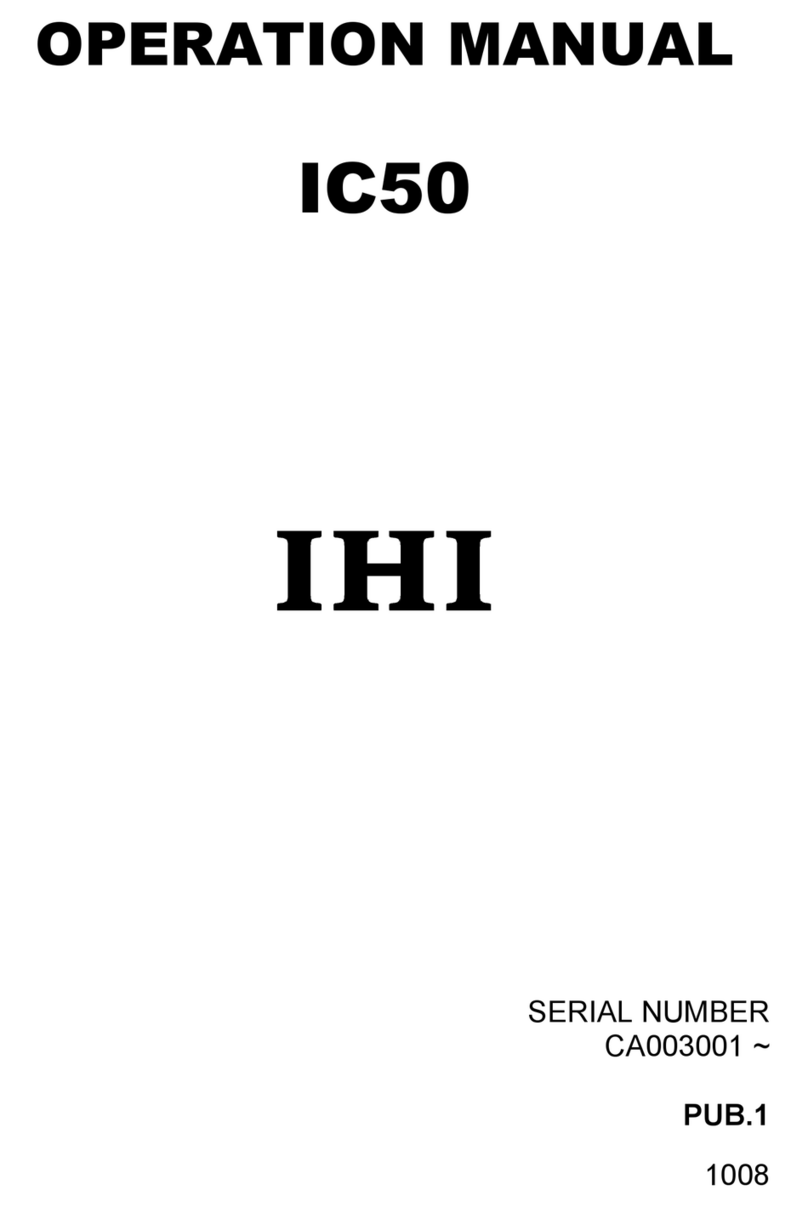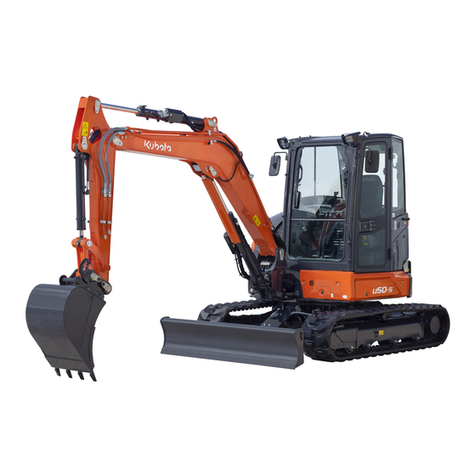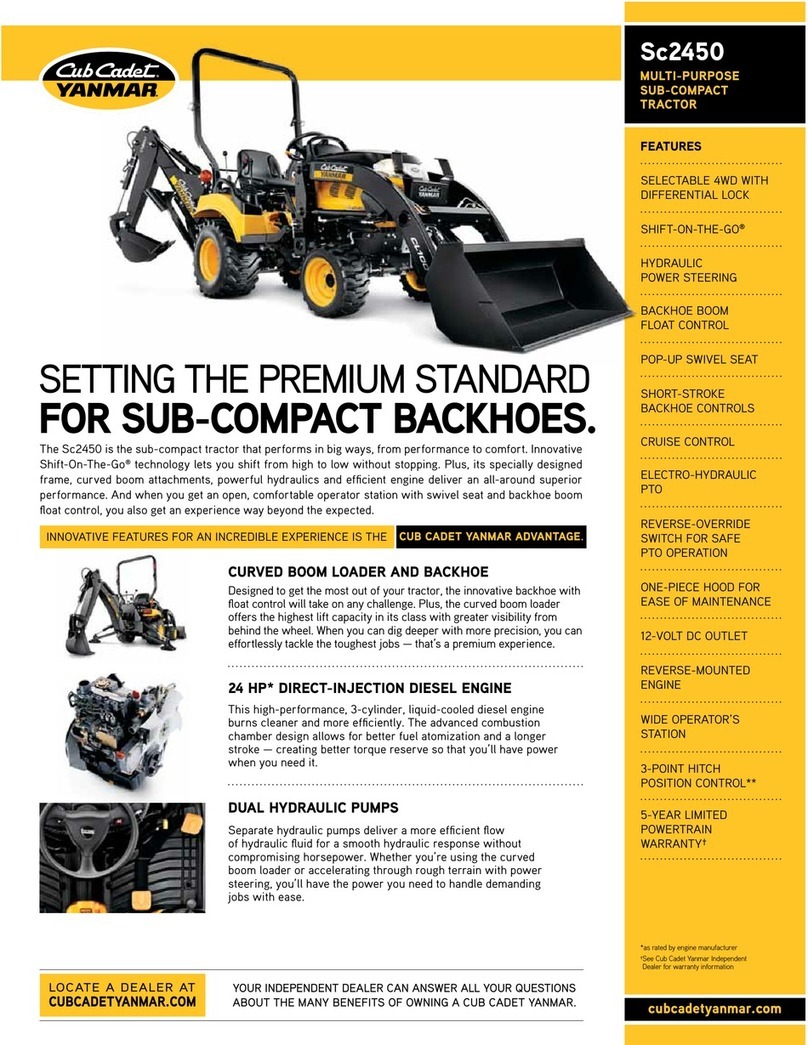
8
SAFETY
General Precautions
Observe all safety rules
¡Operation,inspection andmaintenanceof
this machine must be performed only by
a trained and qualified person.
¡All rules, regulations, precautions and
safety procedures must be understood
and followed when performing operation,
inspection and maintenance of this
machine.
¡Do not perform any operation, inspection
and maintenance of this machine when
under the adverse influence of alcohol,
drugs, medication, fatigue, or insufficient
sleep.
Wear appropriate clothing and
personal protective equipment
¡Do not wear loose clothing or any
accessorythat cancatch on controls or in
moving parts.
¡Do not wear oily or fuel stained clothing
that can catch fire.
¡Wear a hard hat, safety shoes, safety
glasses, filter mask, heavy gloves, ear
protectionandother protective equipment
as required by job conditions. Wear
required appropriate equipment such as
safetyglassesandfiltermaskwhenusing
grinders, hammers or compressed air, as
metal fragments or other objects can fly
and cause serious injury.
¡Usehearingprotectionwhenoperatingthe
machine.Loudprolongednoisecancause
hearing impairments, even the total loss
of hearing.
